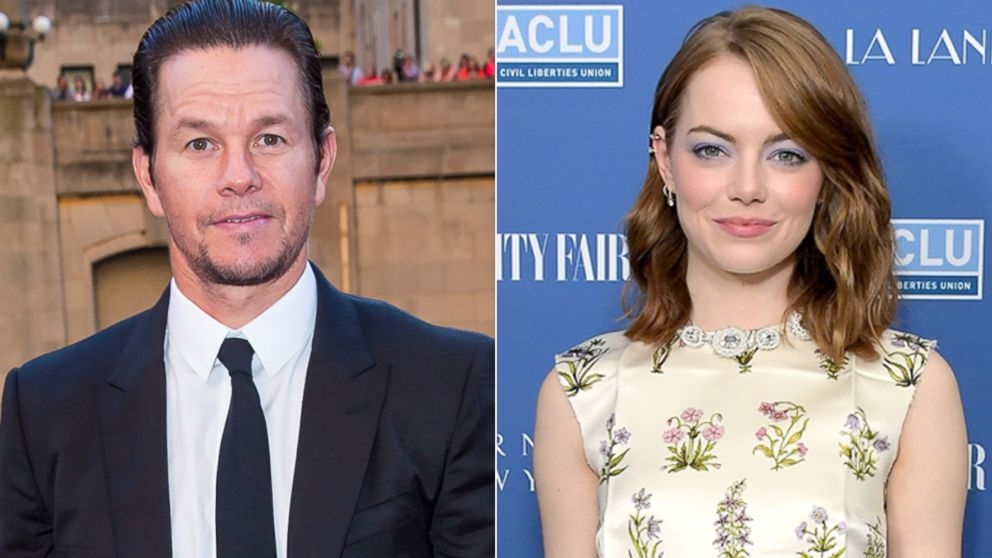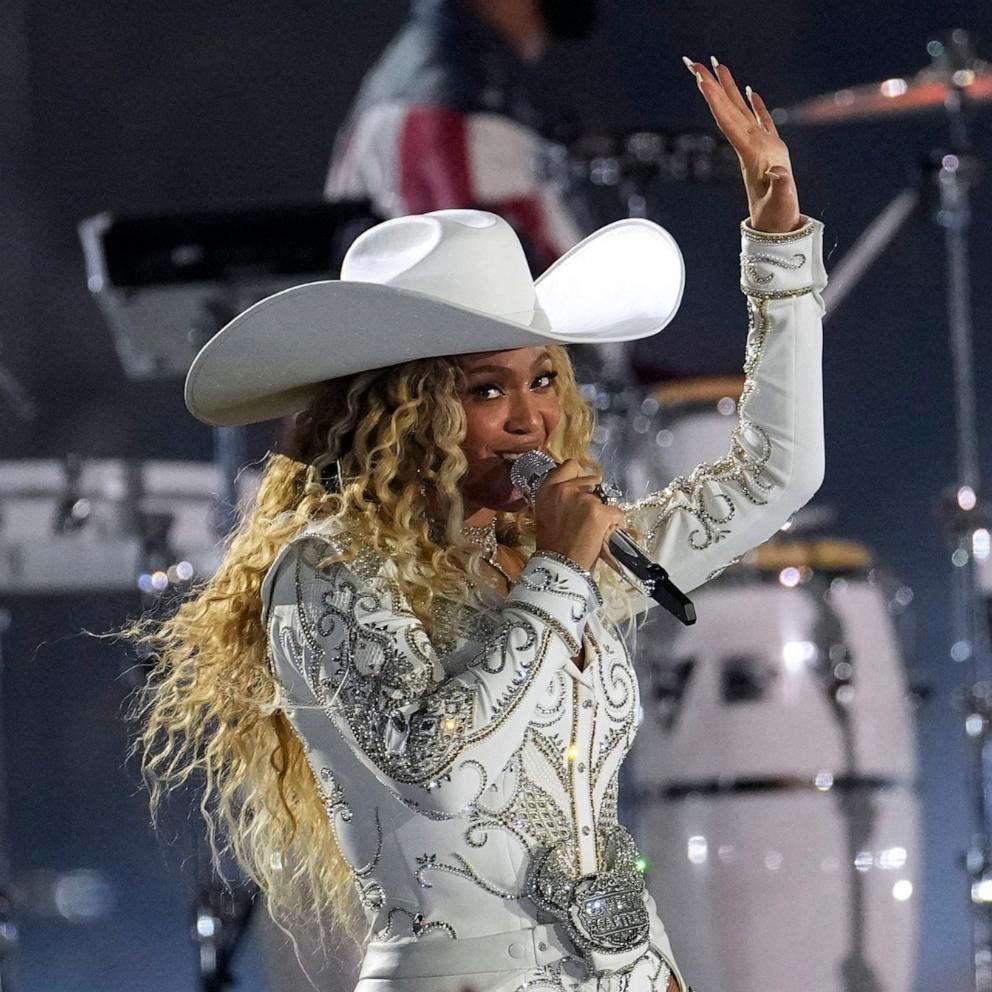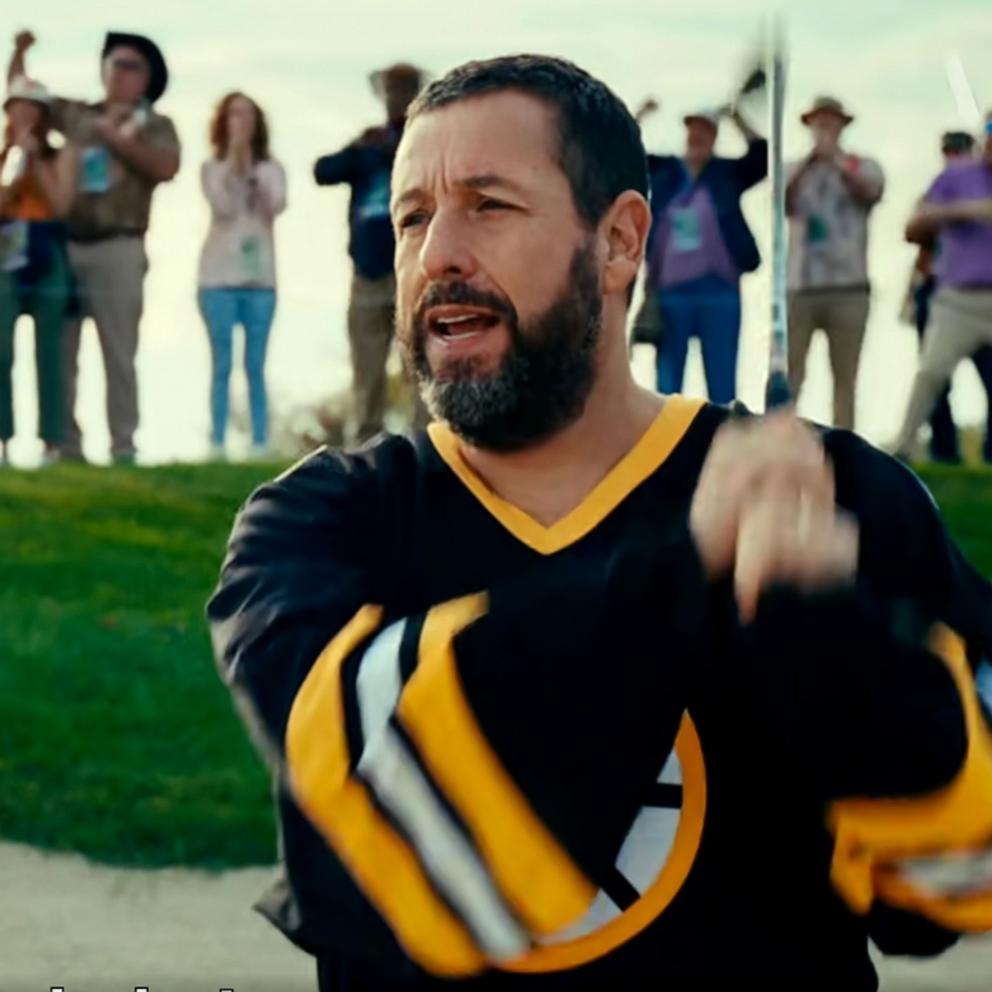Is the pay gap between men and women in Hollywood growing?
— -- Last week Forbes released its World's Highest-Paid Actors list and sitting at the coveted top spot was "Transformers" star Mark Wahlberg, who pulled in a whopping $68 million over the last year.
However, Emma Stone, who won an Oscar for her performance in "La La Land," topped the highest-paid actress list with just $26 million.
In fact, you have to go all the way down the male list to No. 15 (Ryan Reynolds, with $21.5 million) before Stone's earnings come close to her male counterparts' pay.
The age and wage gap in Hollywood is something that has been discussed for quite sometime, but are things actually getting worse for women?
ABC News spoke with experts in the field of Hollywood and economics to break down the disparity and see why there's a $40 million difference between the highest paid actor and actress this year.
Forbes bases its earnings estimates on information and figures from Nielsen, ComScore, Box Office Mojo and industry experts, among other sources.
Actors and Actresses
The top 10 actors on Forbes' list raked in almost $500 million last year. That number crushed the top 10 women by almost three-fold.
Natalie Robehmed, an associate editor at Forbes covering media and entertainment, said it all comes down to role options for women and men.
"If you look at the top 10, there's Wahlberg, Dwayne Johnson, Vin Diesel," she said. "Those are action stars. There are simply fewer roles in the big budget action movies that go to women."
Robehmed did give the example of Jennifer Lawrence, whose earnings jumped after the first "Hunger Games" movie was released.
"For those 'Hunger Games' movies, Jennifer Lawrence was very well compensated," she said. "Her pay escalated as the franchise went on, she was also able to renegotiate and pay more on later installments."
And that negotiation has paid off for male actors attaching themselves to movies with multiple sequels, like Wahlberg for "Transformers" and Diesel and Johnson for their "Fast & Furious" franchise.
Robehmed said we'll just have to wait and see if the "Wonder Woman" sequels, starring Gal Gadot, or the possible success of Brie Larson's "Captain Marvel" in 2019 can help leading women compete with the likes of Chris Hemsworth, Chris Evans and Robert Downey Jr. in the superhero genre.
"We haven't quite got there yet," she added.
Is the gap growing between men and women?
"Honestly, I think it changes year to year," Robehmed said. "There are certain years where Jenifer Lawrence [was close to leading the pack] ... In 2015, Jennifer Lawrence made $52 million. She also made $46 million in 2016. That was in the 'Hunger Games' payday, where she's making money like an action-movie superstar."
But even in those years, the second highest-paid female trailed Lawrence by a lot. In 2015, No. 2 was Scarlett Johansson with $35.5 million. By contrast, only $3 million separated the top two men this year. Also, the top male in 2015 was Downey Jr. with $80 million.
In fact, even Lawrence herself penned an essay in 2015 titled, "Why Do I Make Less Than My Male Co-Stars?"
The Oscar winner candidly spoke about the pressures to be liked as an actress, something she doesn't think men in the industry have to deal with.
"Jeremy Renner, Christian Bale and Bradley Cooper all fought and succeeded in negotiating powerful deals for themselves. If anything, I'm sure they were commended for being fierce and tactical, while I was busy worrying about coming across as a brat and not getting my fair share," she wrote.
This year, 16 men made over $20 million compared to three women in the same time period.
"I think what I've always been struck by when I do these lists is that it's not just that men are earning way more, it's the sheer volume of men who are making above $20 million compared to women," Robehmed said.
She added, "To me, that just comes down to roles. There are so many more roles available to men at which they can earn big pay days ... We need more, higher paying main roles, that will obviously come with more female writers and directors."
And while Patty Jenkins had a huge hit with "Wonder Woman," The Hollywood Reporter revealed that in 2016, women made up just 7 percent of directors for the top 250 films.
"[Even so], it's very clear movies with strong female leads have done well this year at the box office," Robehmed said, hoping studios take notice. "'Wonder Woman,' 'Girls Trip' and more should show us that there's no shortage of appetite for strong female characters. It's just time for the roles to catch up."
Age as a factor
Claudia Goldin, a professor of economics at Harvard University who has researched gender economics, said she once had a student write her senior thesis on female actresses' longevity in film.
"We know that men have more longevity than women in film," she said. "It's not that women don't want longevity, it's that they aren't given a chance."
While many men are cast as leads well into their 40s and 50s, the same can't be said for women.
For example, in 2014, ABC News did a study on age and the Oscars and found that just about a quarter of the best actress winners went to women over the age of 40, while more than half of the male winners were over the age of 45.
"[Older] women are not the drawing card at the box office," Goldin said. "With very few exceptions like Judy Dench and Meryl Streep ... that is a box office issue."
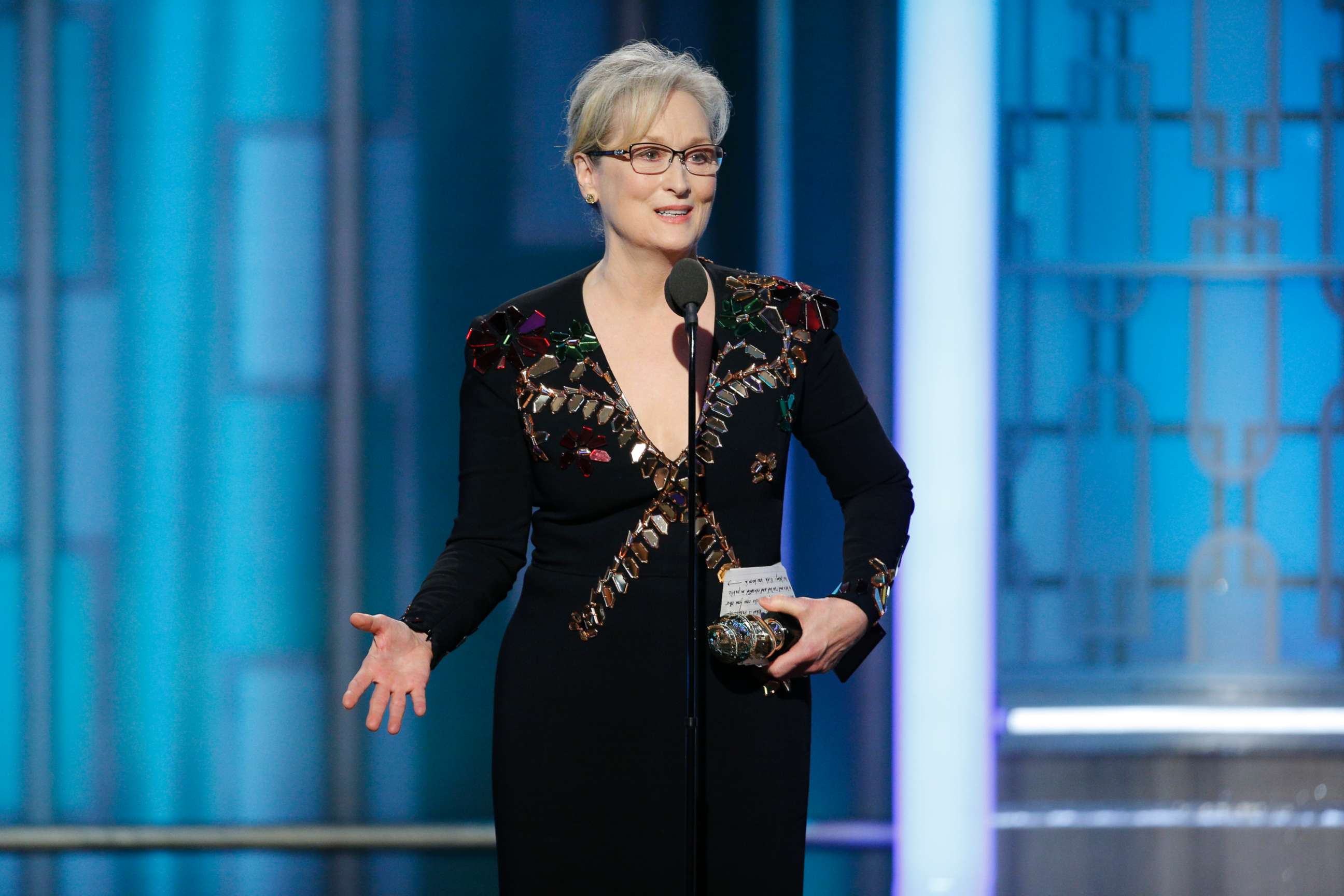
How does this affect salaries? Well, Goldin said when a studio looks to invest in actors and actresses with franchise-type deals, they may be worth more today if they have a longer run, and hence a bigger paycheck.
Goldin also brought up age as it relates to the type of movie and it yet again comes back to action movies and the genre of the moment -- superhero films.
"Those movies are top, top dollar and action movies are guy movies," she said. "You don't need a woman in an action movie, or maybe you need one every half hour ... romantic comedies you wouldn't do very well without a woman. They are not the big thing at the box office."
Surprisingly, it's not all about America
Melissa Silverstein, founder and publisher behind the site Woman and Hollywood, which aims to "educates, advocates, and agitates for gender diversity in Hollywood," explained that how women are valued around the world matters as well.
Around "70 cents of every dollar is not made in the U.S. for every movie," she said, citing data from the Motion Picture Association of America.
And when it comes to overseas sales, Silverstein said this is where action movies shine. For example, Wahlberg's 2017 "Transformers" made $130 million in the states, but pulled in $471 million internationally.
"Things that translate very easily" make money overseas," she said. "There's always this common thing that movies with men have a lot of action and shooting and movies with women have talking. It's really one of those ridiculous things that's persisted for a long time ... also, the common theme a while ago was that women don't go to the movies, so we are not making movies about women. But that's always been false."
This world view also affects the film's budget, which includes up-front pay and salaries.

There's also the "star factor" -- movie stars that the whole world knows, which are usually male. In some films, variant posters are used to highlight stars more known around the world, even though they may not be the lead in the film.
"It's all about branding right?" Silverstein said. "International posters are different from the U.S. version and it's much more about stars, the male stars, and you have countries where ... there's even less interest in women and women in strong roles."
Let's go back to the "Hunger Games" franchise. As Jennifer Lawrence's star power grew, the film series did better overseas.
"These movies take time to grow," Silverstein noted. "It happened with 'Twilight' too ... as the phenomenon grew all around the world."
Will the gap ever shrink?
Ia there any light at the end of the tunnel for female actresses?
Robehmed pointed out that both men and women in Hollywood are making millions of dollars, but the discrepancy in gender still represents what's happening in other industries across the country.
Moving forward, she said, "We just have to hope for the best."
"Every few years, we seem to break the glass ceiling at the moment and then it sort of fizzles out again," she said. "I think everyone across the board just has to keep pushing for that change. Audiences too have to keep demanding it and voting with their dollars."
Still, Robehmed is hopeful and thinks the younger generation is primed to make a difference.
"I think they'll figure it out," she said, laughing.
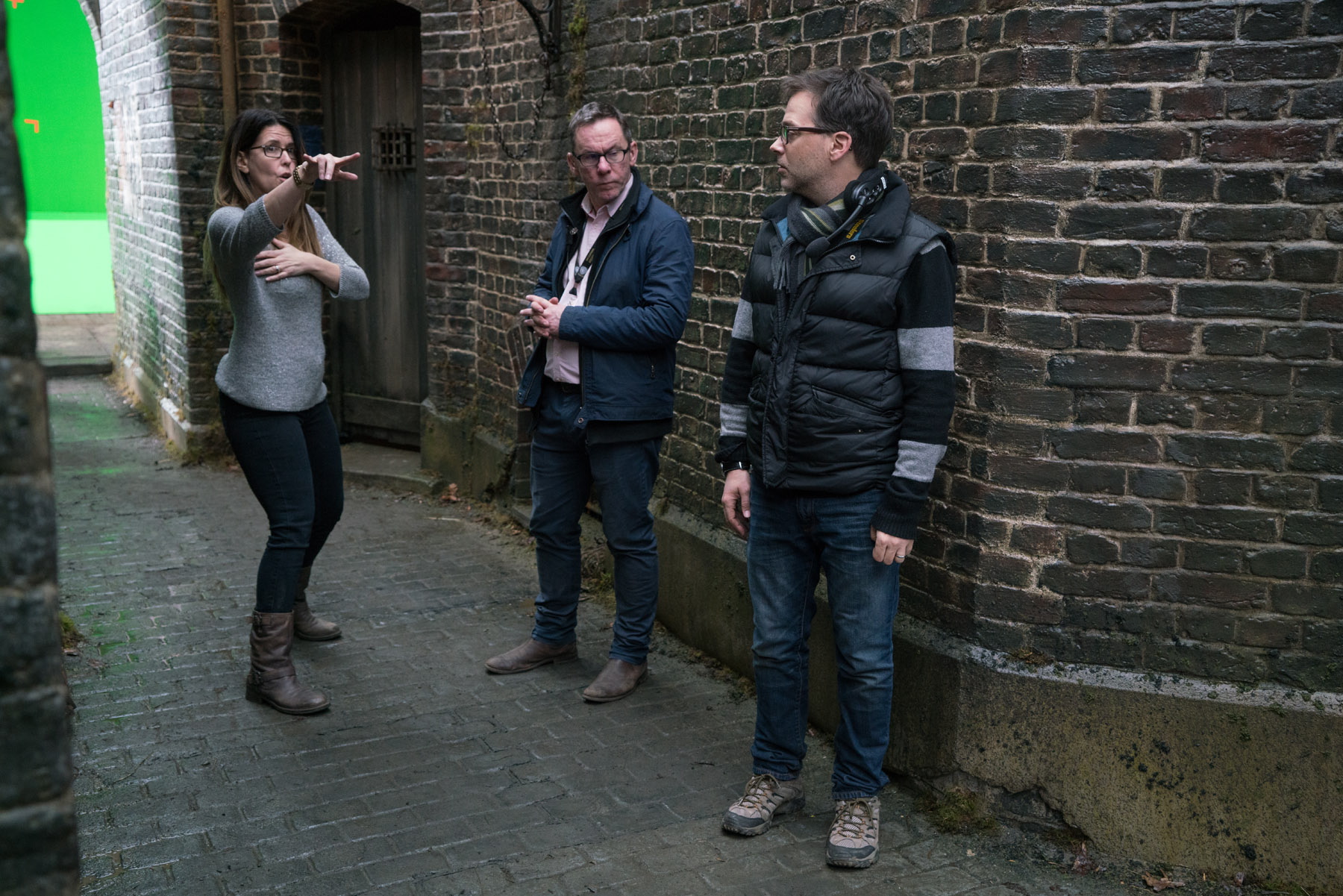
Silverstein also has hope.
"'Wonder Woman' this summer hopefully put the nail in the coffin," she said about the doubters. "It's not just about women on screen, it's about access to capital ... Look at 'Hidden Figures' [$169 million domestically] and look at 'Girls Trip' [$105 million domestically]."
She expects Patty Jenkins, the director behind "Wonder Woman," to start making top-level money and compete on a level playing field with her male colleagues.
"I'm totally optimistic," she said.
A request for comment was not immediately returned to ABC News from some of the major studios in Hollywood, including Paramount, Sony and others. One studio, 21st Century Fox, had no comment.
